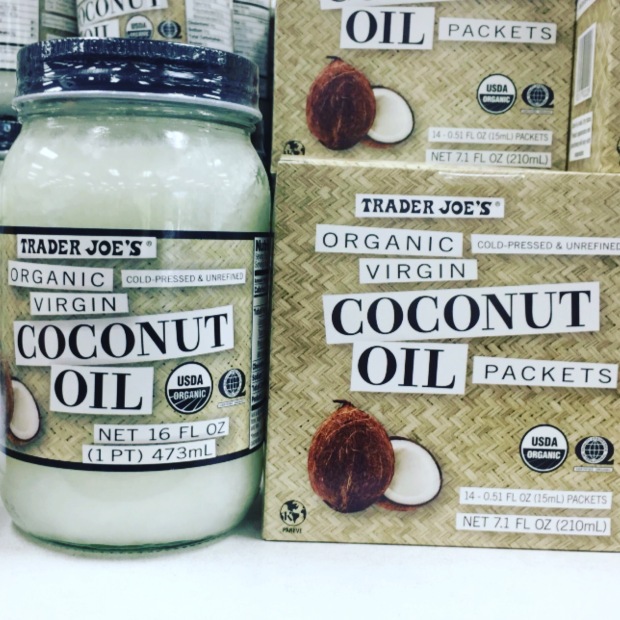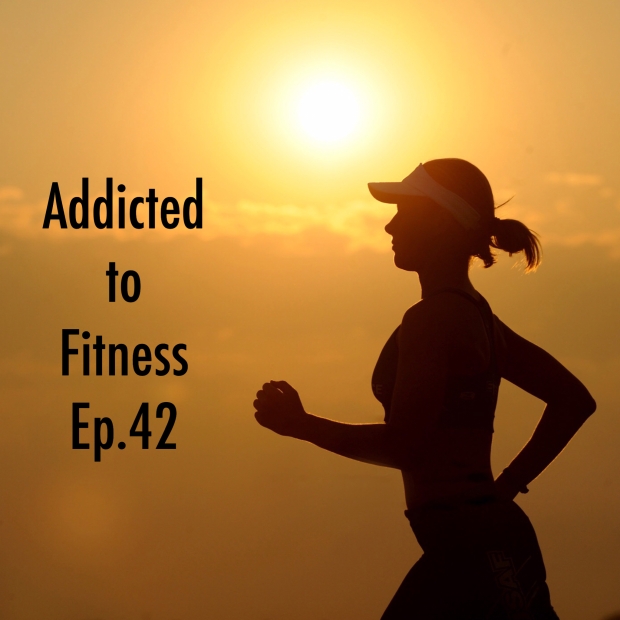When celebrity fitness trainer Vinnie Tortorich came on the Addicted to Fitness podcast (click here to listen to entire episode) last year, he made a statement that really resonated with me. He said
The worse thing about dietary fat is that it’s called FAT!
That one statement inspired me to look into the low-carb, high-fat (LCHF) lifestyle to determine if it suited me better than the not so low carb lifestyle I was participating in at the time. After subtracting certain items that contain refined carbs from my diet and adding more items that were high in healthy fats, I started feeling fuller, longer and was no longer hangry two hours after a meal.
There is one particular “fatty” food item that has been a part of my diet well before my shift to LCHF. I’ve been hearing about its health benefits for well over a decade and its versatility has made it a staple in Shannon and I’s kitchen. It can be used as a cooking oil, salad dressing, finishing sauce and even a skin care product. The multi-talented food item I’m referring to is olive oil and it’s this week’s menu spotlight.
Olive oil is a broad category of oil made from pressed olives. I realize that isn’t “breaking news,” but I wanted to mention that because the different types of olive oils at the supermarket can be quite overwhelming. If you’re looking for the variety that provides the most health benefits, you’ll want to stick with extra virgin olive oil (EVOO). Any other variety may use solvents to extract the oil or partially consist of cheaper, inflammatory oils.
Even though EVOO, purchased from a reputable producer, doesn’t contain any protein or carbs, it’s still highly nutritious. One hundred grams, which is about 7 tablespoons, of EVOO contains 72% of our recommended daily allowance (RDA) for Vitamin E and 75% of our RDA for Vitamin K (source), both of which can contribute to preventing cardiovascular disease. The micronutrients contained in olive oil are impressive but it’s the type of fat it contains that really sets it apart from other cooking oils.
EVOO consists primarily of monounsaturated fat. This type of fat is more heat-resistant, which means it is less likely to oxidize when used in cooking applications. This is one aspect of EVOO that makes it superior to other cooking oils like canola or even flax-seed, which consist primarily of polyunsaturated fat. Less oxidation means less free radical production, which can cause inflammation that may researchers believe is responsible for chronic health conditions like atherosclerosis, Alzheimer’s and cancer. Oh, and EVOO contains a ton of anti-inflammatory phenols and polyphenols to further combat those previously mention conditions (source).

As you can imagine, I frequently use EVOO to saute veggies and as my go-to salad dressing (2 parts EVOO + 1 part vinegar). I also use it to make my baked sweet potatoes fries nice & crispy, add extra flavor to my fried eggs and add even more monounsaturated fat to my daily avocado snack.
I mentioned it quickly earlier in this post, but it is very important that you purchase your EVOO from a reputable producer to get the optimum amount of health benefits. There are two great books, Extra Virginity & Real Food / Fake Food, that describe some of the deception associated with olive oil.
A couple quite tips I’ll give you in regards to purchasing EVOO are buy imported and make sure the container it comes in is NOT clear (light can cause oxidation over time). If you have a brand of EVOO that you swear by, I’d love to hear about it. Feel free to share it with us via email (elementaltampa@gmail.com) or snap a pic of the bottle and share it on our social channels (Facebook, Instagram or Twitter) and don’t forget FAT DOESN’T MAKE YOU FAT!







